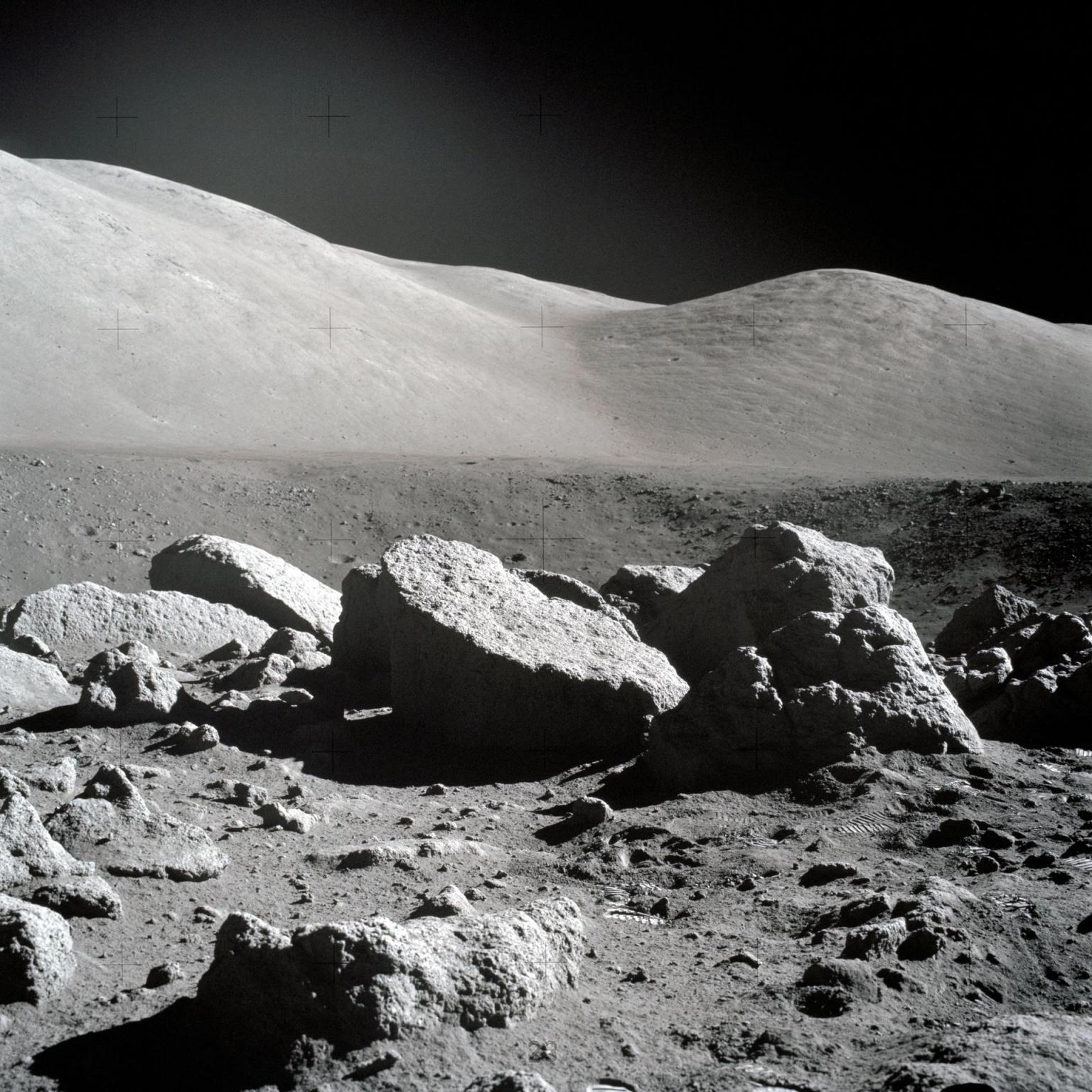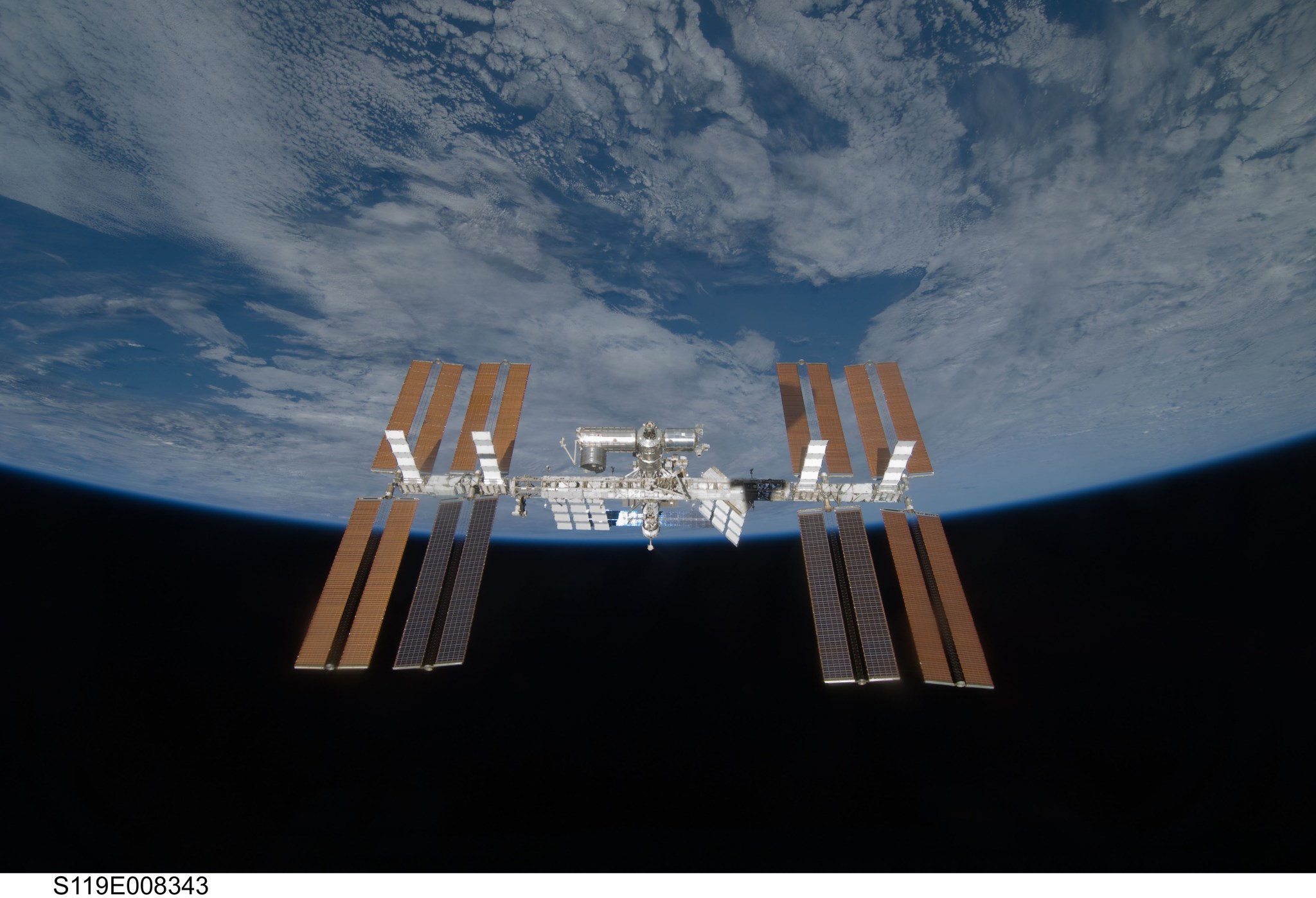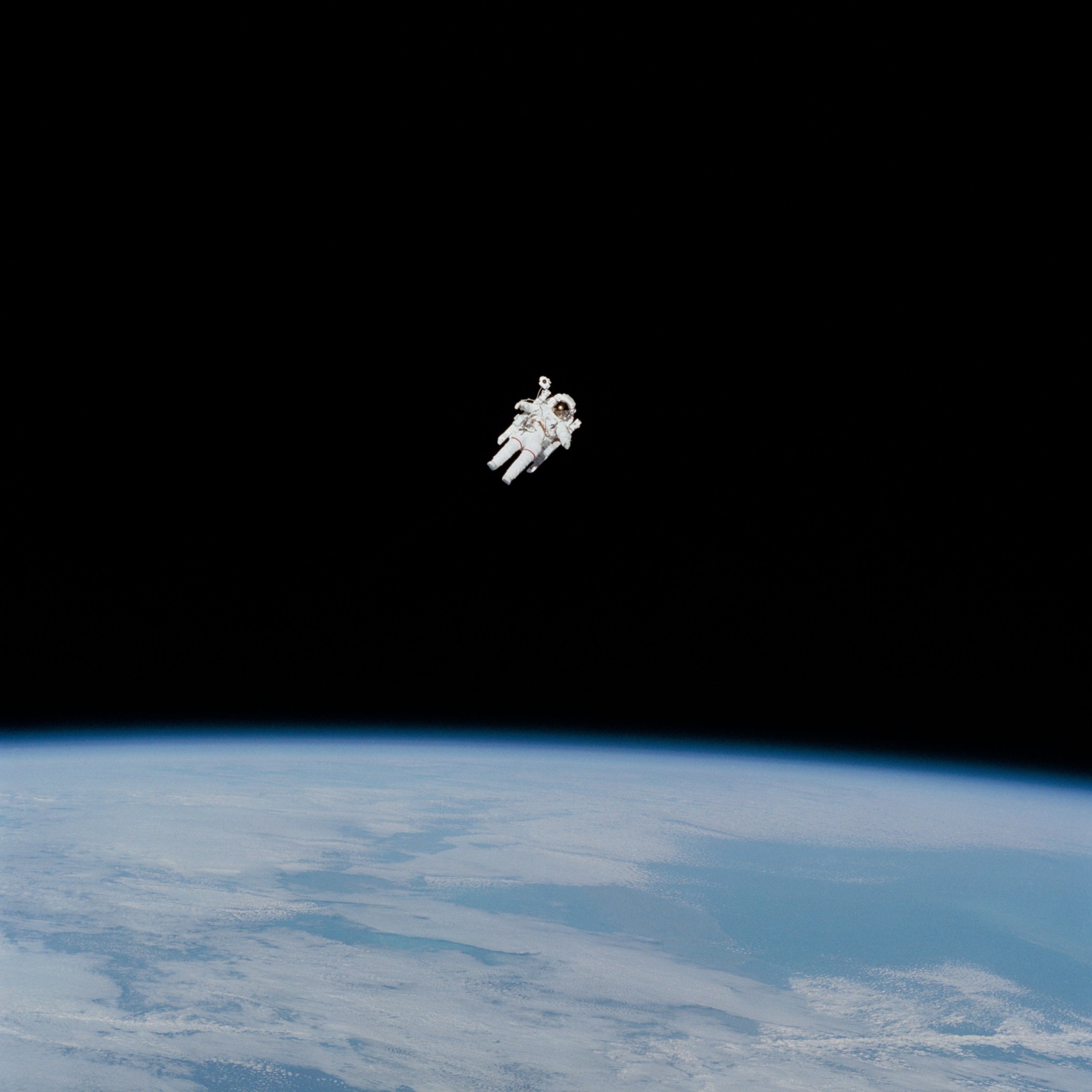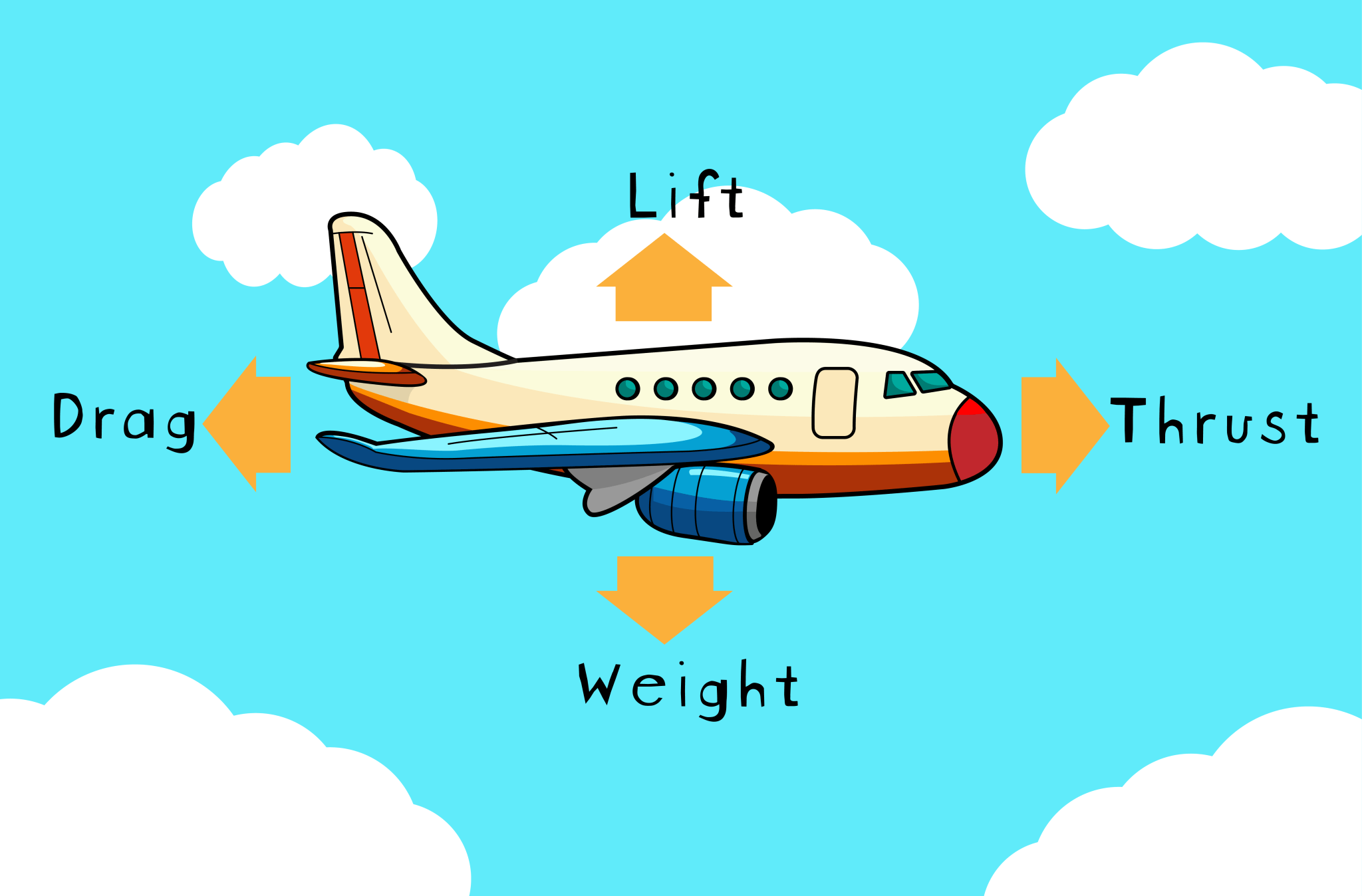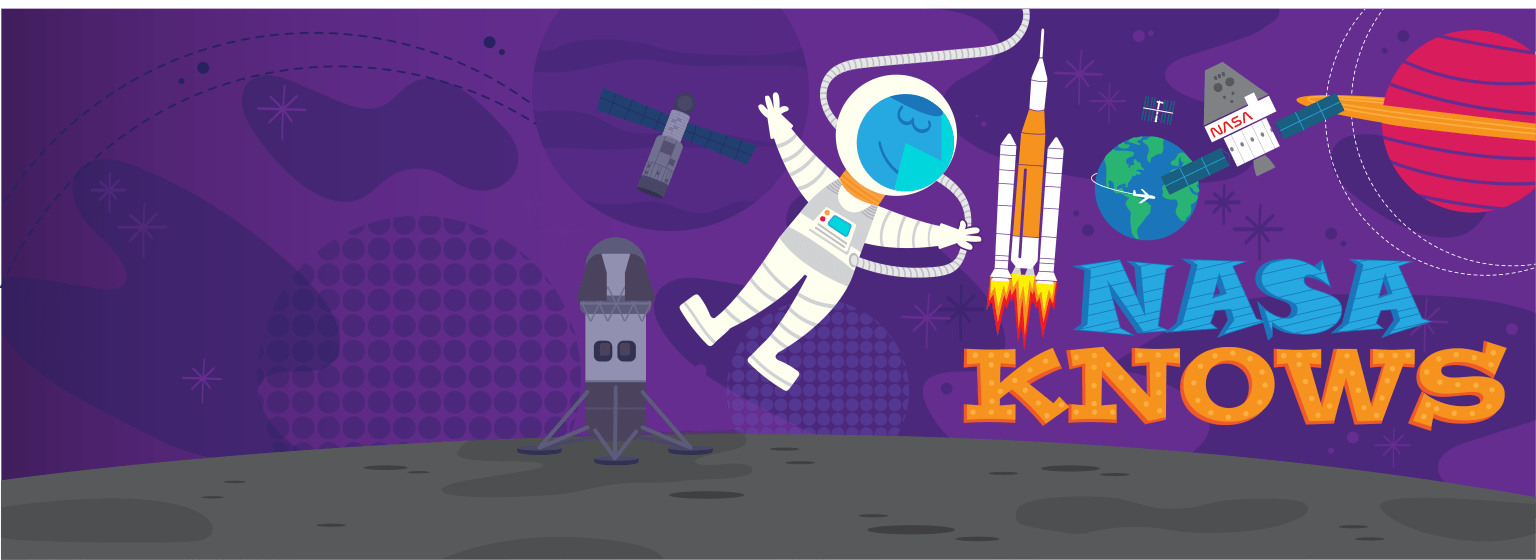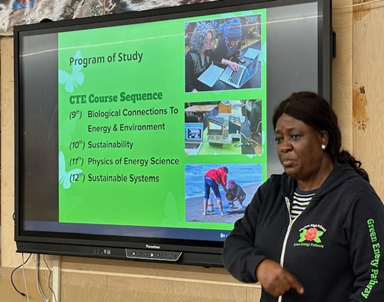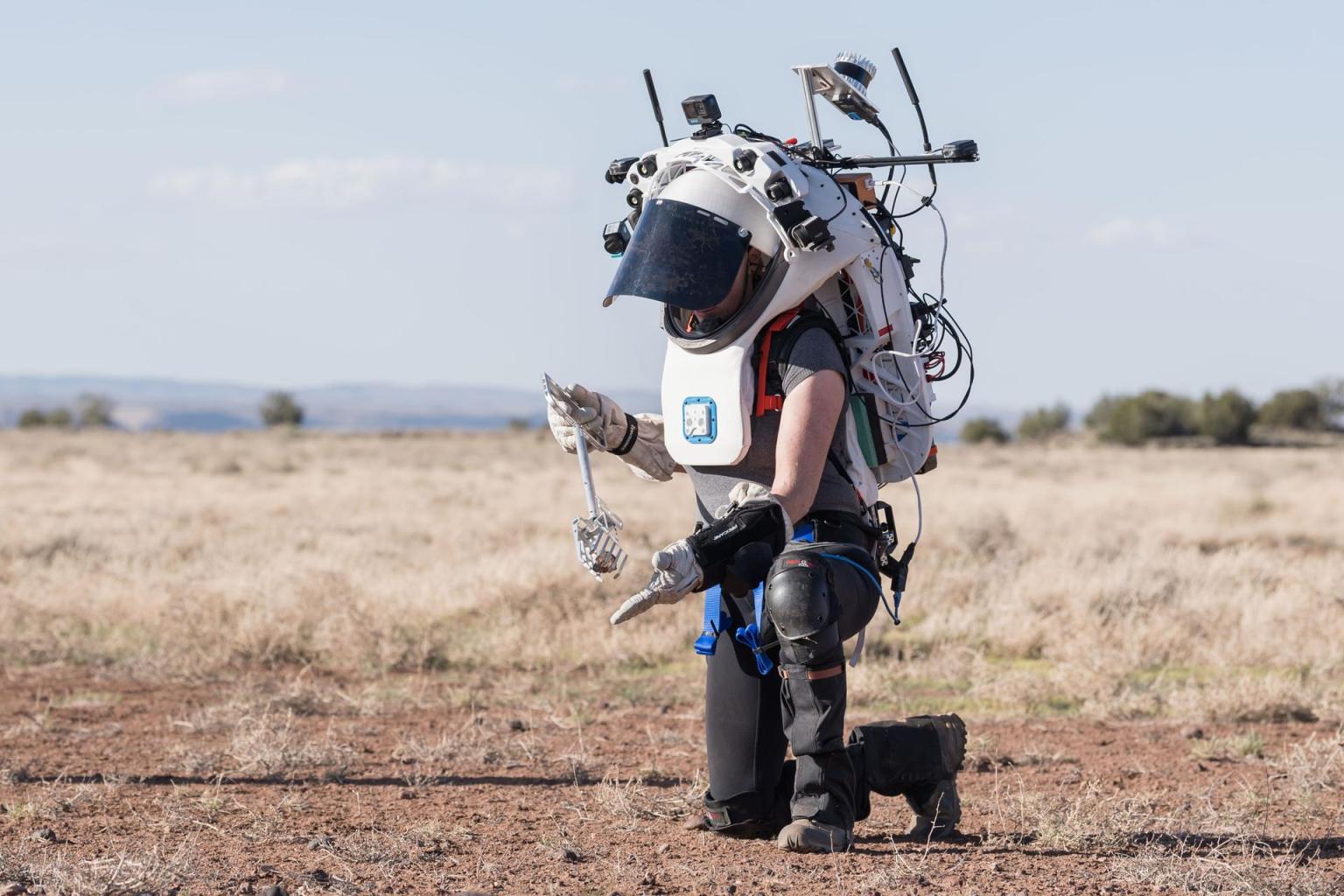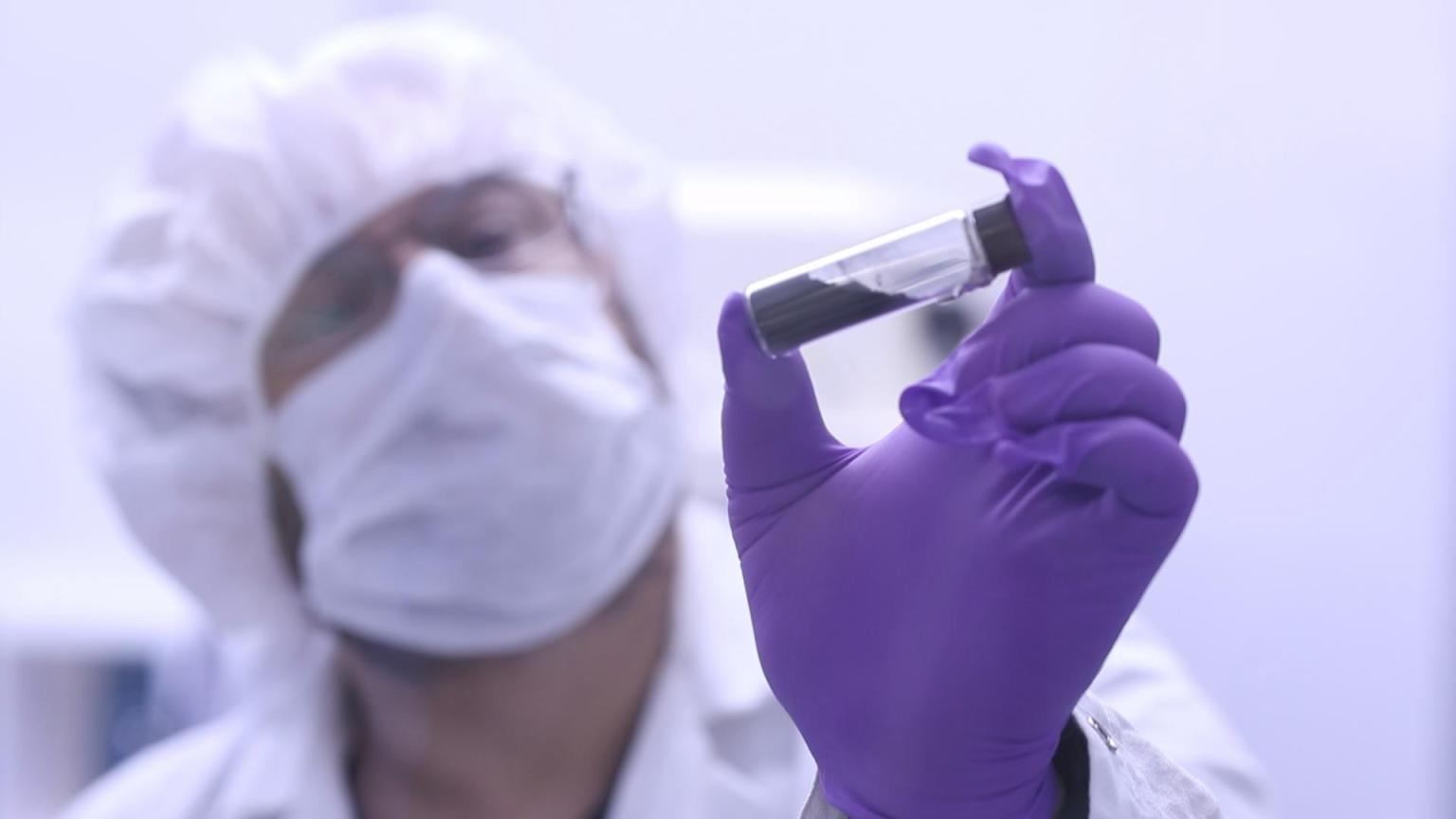5 Min Read What is Lunar Regolith? (Grades 5-8) This article is for students grades 5-8. The surface of the Moon is covered in a thick layer of boulders, rocks, and dust. This dusty, rocky layer is called lunar regolith. It was created a long time ago when meteorites crashed into the Moon and broke up the ground. NASA scientists study the regolith to learn more about the Moon’s history. But the smallest parts of the regolith make exploring the Moon very hard! That is why scientists are working to understand…
Read MoreTag: For Kids and Students
What Is the International Space Station? (Grades 5-8)
This article is for students grades 5-8. The International Space Station is a large spacecraft in orbit around Earth. It serves as a home where crews of astronauts and cosmonauts live. The space station is also a unique science laboratory. Several nations worked together to build and use the space station. The space station is made of parts that were assembled in space by astronauts. It orbits Earth at an average altitude of approximately 250 miles. It travels at 17,500 mph. This means it orbits Earth every 90 minutes. NASA is…
Read MoreLet’s Bake a Cosmic Cake!
6 min read Let’s Bake a Cosmic Cake! To celebrate what would have been the 100th birthday of Dr. Nancy Grace Roman — NASA’s first chief astronomer and the namesake for the agency’s nearly complete Nancy Grace Roman Space Telescope — we’re baking a birthday cake! This isn’t your ordinary birthday treat — this cosmic cake represents the contents of our universe and everything the Roman telescope will uncover. NASA’s Nancy Grace Roman Space Telescope Cosmic Cake NASA The outside of our cosmic cake depicts the sky as we see it…
Read More¿Qué es una caminata espacial? (Grados 5.o a 8.o)
Este artículo es para estudiantes de 5.o a 8.o grado. Cada vez que un astronauta sale de un vehículo espacial, se dice que hace una actividad extravehicular (EVA, por sus siglas en inglés). A esto también se le llama caminata espacial. El astronauta ruso Alexei Leonov hizo la primera caminata espacial el 18 de marzo de 1965. La primera caminata espacial duró 10 minutos. El astronauta Ed White hizo la primera caminata espacial de un estadounidense durante la misión Géminis 4, el 3 de junio de 1965. La caminata espacial de White…
Read MoreWhat Is Aerodynamics? (Grades 5-8)
This article is for students grades 5-8. Aerodynamics is the way objects move through air. The rules of aerodynamics explain how an airplane is able to fly. Anything that moves through air is affected by aerodynamics, from a rocket blasting off, to a kite flying. Since they are surrounded by air, even cars are affected by aerodynamics. What Are the Four Forces of Flight? The four forces of flight are lift, weight, thrust and drag. These forces make an object move up and down, and faster or slower. The amount of…
Read MoreWhat Is Aerodynamics? (Grades K-4)
3 Min Read What Is Aerodynamics? (Grades K-4) This article is for students grades K-4. What Are the Four Forces of Flight? Aerodynamics is the way air moves around things. The rules of aerodynamics explain how an airplane is able to fly. Anything that moves through air reacts to aerodynamics. A rocket blasting off the launch pad and a kite in the sky react to aerodynamics. Aerodynamics even acts on cars, since air flows around cars. The four forces of flight are lift, weight, thrust and drag. These forces make…
Read MoreGLOBE Mission Earth Supports Career Technical Education
Explore This Section Science Science Activation GLOBE Mission Earth Supports… Overview Learning Resources Science Activation Teams SME Map Opportunities More Science Activation Stories Citizen Science 4 min read GLOBE Mission Earth Supports Career Technical Education The NASA Science Activation program’s GLOBE Mission EARTH (GME) project is forging powerful connections between career technical education (CTE) programs and real-world science, inspiring students across the United States to pursue careers in Science, Technology, Engineering, and Mathematics (STEM). GME is a collaborative effort between NASA scientists, educators, and schools that brings NASA Earth…
Read MoreCareer Spotlight: Technologist (Ages 14-18)
4 Min Read Career Spotlight: Technologist (Ages 14-18) What does a technologist do? Technologists are professionals who research, develop, and test emerging technologies. They also find useful ways to put new technologies to work. A technologist is an expert in a specific type of technology, often within a specific field. Many industries rely on innovations developed by technologists. Some of these include aerospace, research, manufacturing, healthcare, and information technology. NASA technologists make use of technological advancements to improve NASA’s capabilities and better meet the needs of its missions. They also…
Read MoreCareer Spotlight: Scientist (Ages 14-18)
4 Min Read Career Spotlight: Scientist (Ages 14-18) What does a scientist do? Science is about exploring answers to questions. A scientist uses research and evidence to form hypotheses, test variables, and then share their findings. NASA scientists conduct groundbreaking research to answer some of humanity’s most profound questions. Most scientists start as project scientists in their early careers. They spend a lot of time publishing their peer-reviewed literature and presenting scientific research. Senior-level scientists provide leadership in the NASA community, actively publish research group work, and take on management roles.…
Read MoreWhat is an Engineer? (Grades K-4)
4 Min Read What is an Engineer? (Grades K-4) This article is for students grades K-4. Engineers solve problems. They use science and math to create new things or make things work better. There are different kinds of engineers. They work on different kinds of projects. Some engineers design buildings or machines. Others find ways to move heat, power, or water from one place to another. Some create new tools. NASA needs engineers. They design the things humans need to fly in space or on airplanes. Engineers make great ideas…
Read More